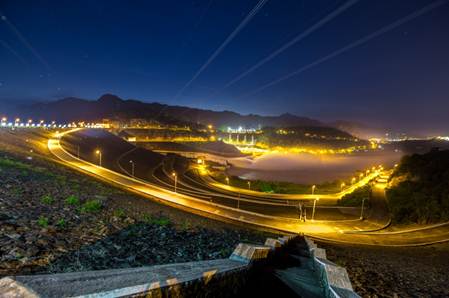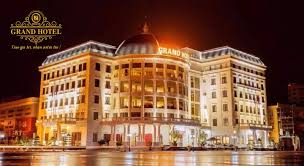X
Overview of Hoa Binh province
Area: 4,596.4 km2
Population: 832,543 people;
Ethnicity: According to statistics, there are 07 ethnic groups living together for a long time, the largest one is Muong ethnic group, accounting for 63.3%; Vietnamese people (Kinh) accounted for 27.73%; Thai people account for 3.9%; Dao people account for 1.7%; Tay ethnic group accounts for 2.7%; Mong people account for 0.52%; other ethnic groups accounted for 1.18%.

Bản đồ tỉnh Hòa Bình
Natural geographic conditions
- Hoa Binh is a mountainous province, in the northwest of the country, has a high mountain topography, divided and complicated, with a high slope and in the direction of Northwest - Southeast, divided into 2 regions: the high mountain area is about The northwest has an average height of 600 - 700 m, rugged terrain, an area of 212,740 ha, accounting for 44.8% of the area; The low mountainous area is located in the southeast, with an area of 262,202 ha, accounting for 55.2% of the whole province area, the terrain consists of low mountain ranges, less divided, average slope of 20-25 degrees, high altitude bottles from 100 - 200 m above sea level.
- Hoa Binh has monsoon tropical climate, cold season, little rain; hot summer, heavy rain. The average annual temperature is over 23 ° C. July has the highest temperature in the year, on average 27 - 29 ° C, whereas in January there is the lowest temperature, averaging 15.5 - 16.5 ° C
- Besides, the system of rivers and streams in the province is distributed relatively to the big rivers such as: Song Da, Boi river, Buoi river, Bui river ..
Traffic
1. Roads: Important roads in the province such as National Road No.6 passing Luong Son and Ky Son districts, Hoa Binh city, Tan Lac and Mai Chau districts connecting Hoa Binh with Hanoi capital and other northwest provinces, the closest point to the center of Hanoi on Highway 6 of Hoa Binh in the district of wage paint is nearly 40km; National highway 15A goes from Mai Chau district connecting Highway 6 with highland districts of Thanh Hoa province; Highway 12B passes through Tan Lac, Lac Son, Yen Thuy and Ninh Binh districts, connecting highway 6 with national highway 1; National highway 21 goes from Xuan Mai town, Ha Tay province, through Luong Son, Kim Boi and Lac Thuy districts, connecting with highway 12B in Nho Quan district, Ninh Binh province. Road system connecting districts and communes in the province with town and with districts and provinces is very convenient for socio-economic exchanges.
2. Waterway: River and hydrological system: Hoa Binh has a relatively thick network of rivers and streams throughout the districts. Da River is the largest river flowing through the province with a basin of 15,000 km2 flowing through Mai Chau, Da Bac, Tan Lac and Ky Son districts and Hoa Binh city with a total length of 151 km. Da River has a capacity of 9.5 billion m3 of water connected to Son La, the downstream part flows through Phu Tho, Ha Tay connects with the Red River, is regulated by Da River, where transport can be developed. convenient, effective water. Buoi River originates from Phu Cuong commune, Tan Lac district, 55km long. Boi river originates from Thuong Tien commune, Kim Boi district, 125km long. Bui River originates from Lam Son commune, Luong Son district, 32km long. Song Lang originates from Bao Hieu commune, Yen Thuy district, 30km long.
History
Hoa Binh province was established on June 22, 1886 according to the decree of Kinh Bac Bac with the name of Muong province, separating the land of Muong people residing in the provinces of Hung Hoa, Son Tay, Hanoi and Ninh Binh. The provincial capital is located in Cho Bo town (in Da Bac district), so it is also called Cho Bo province, and in November 1886 moved to Phuong Lam commune (belonging to Bat Bat district, Quoc Oai district, Son Tay province at that time). . April 1888 was renamed Phuong Lam province, ruled by the French Embassy. Initially the province included Moc Chau, Yen Chau and Phu Yen Chau (July 1888 cut these 3 continents to merge into the Fourth Quan Quan army, later in Son La), along with the Muong ethnic group of the two Chau Thanh districts. Son and Yen Lap (October 1888 cut these 2 continents back to Hung Hoa province).
On September 5, 1896, the provincial capital of Muong province was officially transferred to Hoa Binh commune, on the left bank of Da river, opposite to Phuong Lam. Since then, Muong Province has been called Hoa Binh Province, with 4 Chau: Luong Son, Ky Son, Lac Son and Mai Da .. Lac Thuy district is now Lac Son, and in 1908 moved to Ha Nam Province. Since then, the administrative area is basically stable. In 5/1953, Lac Thuy district and some communes of Nho Quan and Ninh Binh moved to Hoa Binh Province
Since 1950, the provinces have been changed into districts and district administrative units of Hoa Binh Province have changed: on September 21, 1956, Mai Da district was divided into 2 districts: Da Bac in the north of Da and Mai rivers. Chau is in the south of the Da River. On October 15, 1957, Lac Son district was divided into 2 districts: Lac Son and Tan Lac. On April 17, 1959 Luong Son district was divided into 2 districts: Luong Son and Kim Boi. On August 17, 1964 Lac Thuy district was divided into 2 districts: Lac Thuy and Yen Thuy.
On December 27, 1975, at the 2nd Session, the Vth National Assembly proposed the unification of Hoa Binh province with Ha Tay province into Ha Son Binh province. According to the Resolution of the VIII National Assembly, the 9th session of August 12, 1991, Ha Son Binh province split into two provinces of Hoa Binh and Ha Tay. At that time, Hoa Binh province had an area of 4,697 km², with a population of 670,000 people, including 10 administrative units: 1 town of Hoa Binh and 9 districts: Da Bac, Mai Chau, Luong Son, Ky Son, Lac Son, Lac Thuy, Kim Boi, Tan Lac, Yen Thuy.
In December 2001, Ky Son district was divided into 2 districts: Ky Son and Cao Phong. On October 27, 2006, Hoa Binh town became a class III city, known as Hoa Binh City
From July 14, 2009, four communes of Dong Xuan, Tien Xuan, Yen Binh and Yen Trung, are located in the north of Luong Son district, separated and merged into Hanoi City. Up to this point, Province










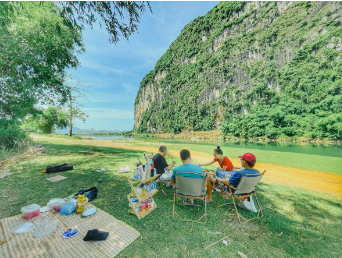
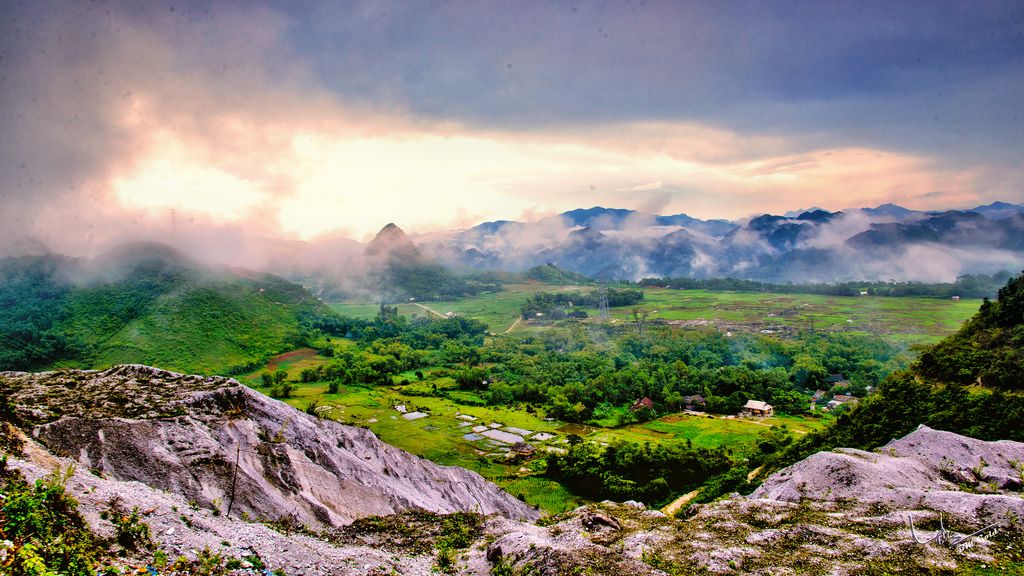
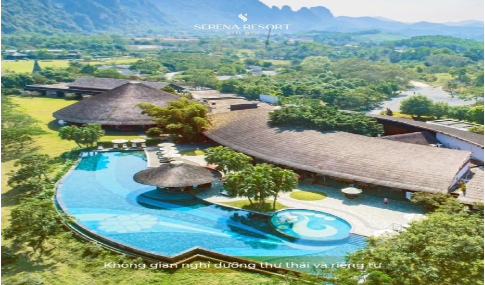
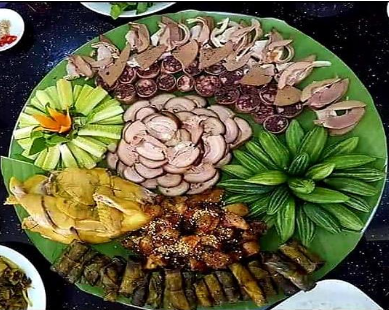

_636886053534704917.jpg)
